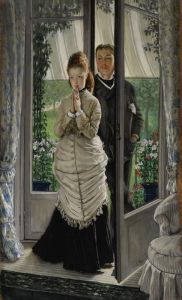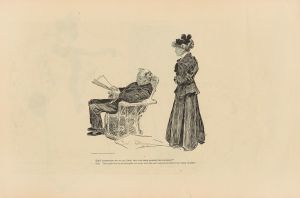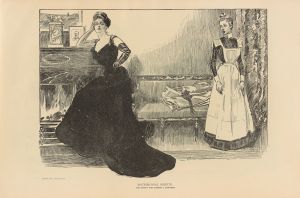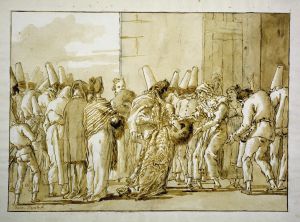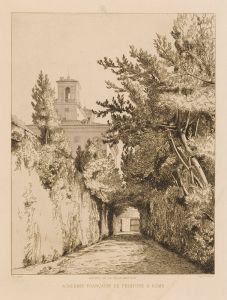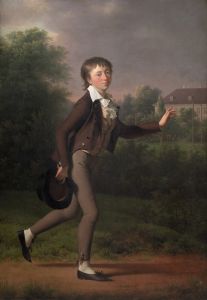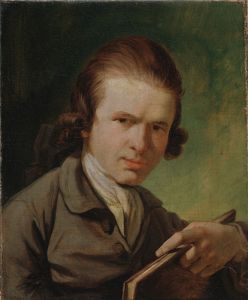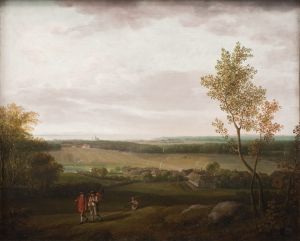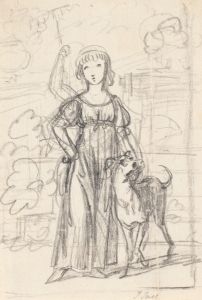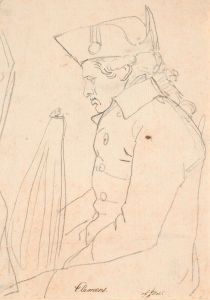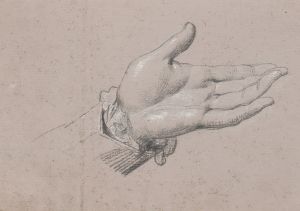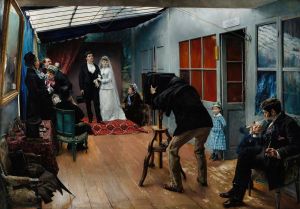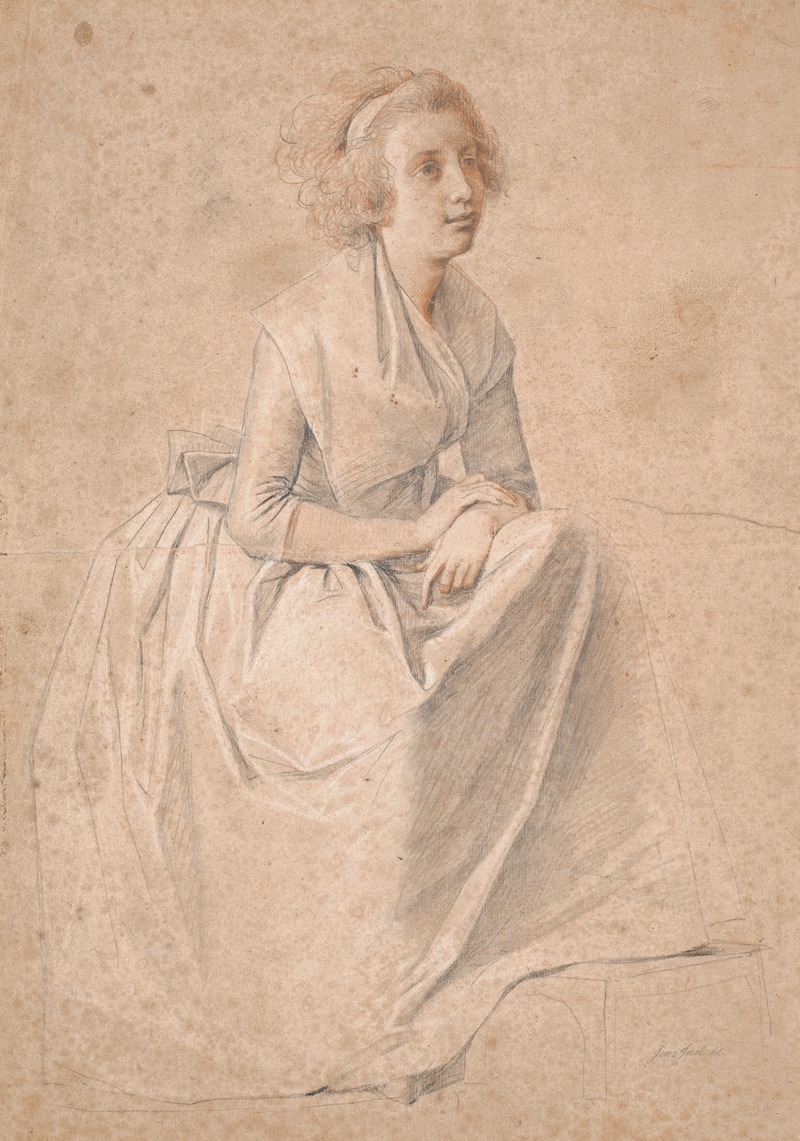
Rosine Juel, født Dørschel; studie til dobbeltportræt af Juel og hans kone ved staffeliet
A hand-painted replica of Jens Juel’s masterpiece Rosine Juel, født Dørschel; studie til dobbeltportræt af Juel og hans kone ved staffeliet, meticulously crafted by professional artists to capture the true essence of the original. Each piece is created with museum-quality canvas and rare mineral pigments, carefully painted by experienced artists with delicate brushstrokes and rich, layered colors to perfectly recreate the texture of the original artwork. Unlike machine-printed reproductions, this hand-painted version brings the painting to life, infused with the artist’s emotions and skill in every stroke. Whether for personal collection or home decoration, it instantly elevates the artistic atmosphere of any space.
Jens Juel, a prominent Danish painter of the 18th century, is known for his exquisite portraits and landscapes that capture the essence of the Danish Golden Age. One of his notable works is the "Rosine Juel, født Dørschel; studie til dobbeltportræt af Juel og hans kone ved staffeliet," which translates to "Rosine Juel, née Dørschel; study for a double portrait of Juel and his wife at the easel." This painting is a study, which means it was likely a preliminary work or a preparatory sketch for a more finished piece.
Jens Juel was born on May 12, 1745, in Balslev, Denmark, and he became one of the leading figures in Danish art during his lifetime. He was known for his ability to capture the likeness and personality of his subjects with great skill and sensitivity. Juel's works often reflect the elegance and refinement of the Danish aristocracy and bourgeoisie of his time.
The painting in question features Rosine Juel, who was born Rosine Dørschel. She was the wife of Jens Juel, and this study likely served as a preparatory work for a more formal double portrait of the couple. The composition of the study suggests an intimate and personal portrayal, with Juel depicted at his easel, possibly indicating his dual role as both artist and subject. This approach was somewhat unconventional, as artists of the time typically focused on their patrons or subjects rather than including themselves in the composition.
Juel's technique in this study would have involved careful attention to detail and a keen observation of his subjects. His use of light and shadow, as well as his ability to render textures and fabrics, would have been evident even in a study. These skills contributed to his reputation as a master portraitist.
The study of Rosine Juel and Jens Juel at the easel is significant not only for its artistic merit but also for its insight into the personal life of the artist. It provides a glimpse into the relationship between Juel and his wife, as well as the domestic and creative environment in which they lived. Such works are valuable for understanding the social and cultural context of the time, as well as the personal dynamics of the artist's life.
Jens Juel's contributions to Danish art were substantial, and his works continue to be celebrated for their beauty and historical significance. His portraits are housed in various museums and collections, including the National Gallery of Denmark, where they are appreciated for their artistic excellence and historical value.
In summary, "Rosine Juel, født Dørschel; studie til dobbeltportræt af Juel og hans kone ved staffeliet" is a study that reflects Jens Juel's skill as a portraitist and offers insight into his personal life and artistic process. It stands as a testament to his ability to capture the essence of his subjects and his contribution to the Danish Golden Age of painting.





